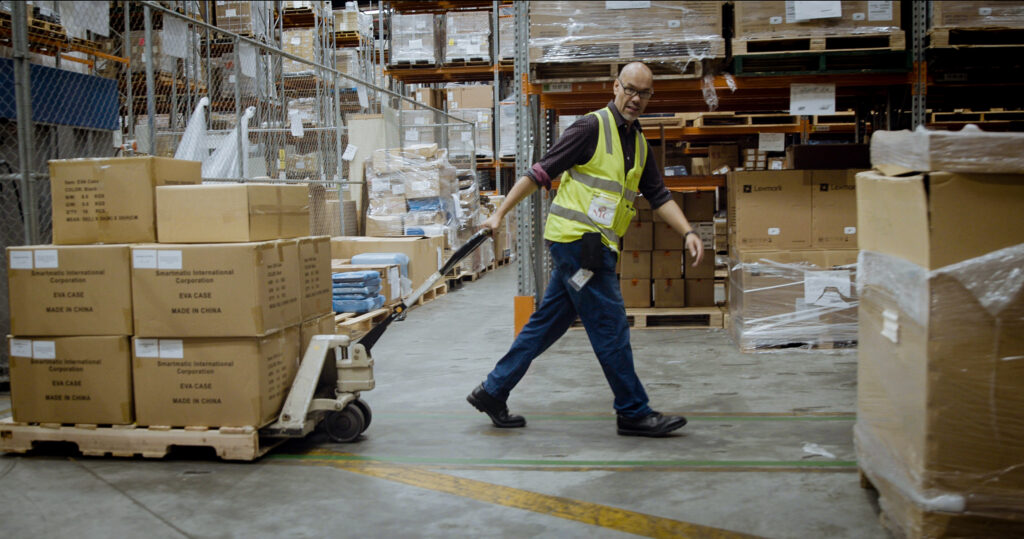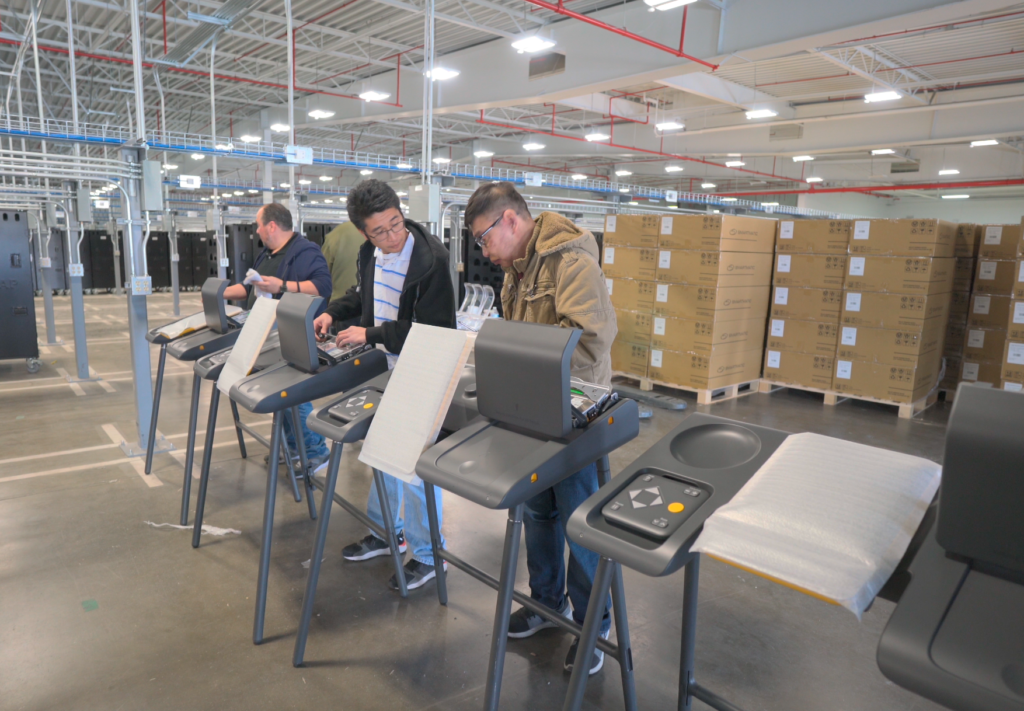
A quick web search will show you that most of the public discussion about election security is typically about absurd conspiracy theories and foreign interference. But experienced officials know a failure in the day-to-day handling of election technology and associated data is much more likely to sink their election than anything else. Chain-of-custody processes, proper maintenance, and appropriate warehousing all present important election conduct and security issues. Diligence in these areas will yield rewards when the next election period rolls around.
You can’t eliminate all risk, so the next best thing is to plan for mitigation. This starts with identifying vulnerabilities. Monitoring facilities and access, evaluating logistics and assessing your inventory (for quantity, age and state of repair) are critical first steps in planning. Your election technology vendor is a great partner to help you study the situation and then develop a plan.
Asset Management and Inventory Control
Chain of custody (CoC) is a security strategy that spans all of your other processes and operations. By definition, CoC is the continuous path your election assets take from the moment items arrive from the vendor until the day they are consumed or decommissioned. Such assets include voting equipment, ballots, memory cards, electronic storage media and election administration documents. These documents include everything from device logs and maintenance records to polling place forms and checklists.
The most important tool in CoC is the custody log. These can be paper or digital or both. Logs should include more than just an item identifier and in/out dates. Recording equipment condition, missing parts, tamper-proof seal integrity and other details will help you stay ahead of maintenance and alert you to possible security breaches.
While signatures on paper are perfectly adequate for your custody log (and certainly better than nothing), modern technology can help you create an even more secure means to track inventory and materials.
Biometric systems are available and affordable, allowing you to track and positively identify employees’ actions for everything from clocking in for work to signing out equipment. Tools like barcodes/QR codes and RFID tags will simplify inventory tracking and reduce chances for human error (such as transposing or omitting digits in a serial number). These tools are also great for items that don’t have external serial numbers, such as USB drives.
For more great articles, subscribe to the Election Insight newsletter. It’s free.
Maintenance
The vendor’s staff are the best resource to help plan your maintenance procedures. Your vendor should provide specific details for maintaining your equipment. It should outline routine upkeep during and between voting periods. Detailed checklists will help ensure deployed inventory is in good operating condition on Election Day. You should also create step-by-step procedures for checking all equipment after every election. Some jurisdictions find that, due to limited resources, it’s more efficient to contract their maintenance duties to an outside service. Some equipment manufacturers, including Smartmatic, offer this option.

Superior storage
Simply placing some shelving units in the municipal maintenance shed does not constitute a warehousing strategy for your electronic election equipment and valuable inventory. Your investments have worth far beyond just dollars and cents and they must be treated that way.
On a most basic level, long-term storage must be climate controlled and have layers of perimeter security. The level and types of security usually depend on budget. There are literally thousands of online articles about what to look for in a secure facility, so we won’t detail that here. Those security features must be integrated with a strategy for managing personnel and the chain-of-custody processes discussed above.
But a superior facility is also strategically located to facilitate logistics, minimize disruptions and, yes, contribute to security. Is the site in a flood plain or downhill in a major water runoff area? Is the access adequate for the vehicles used in transport? Does the site provide easy on/off to highways and major arteries? Can delivery services find it easily? A superior site is also well designed inside for efficient workflow, worker safety and, yes, security. Some election partners, like Smartmatic, provide warehousing strategies and services, from a fully outsourced and service-managed site to building a custom facility, providing an inventory and tracking system, or hiring staff.
Continuity Planning
A good contingency plan is essential to success across all of these areas. Continuity plans should include backup procedures, staffing alternatives and an inventory of resources you can put into action should a disruption occur. An experienced election vendor is typically an excellent partner for this exercise.
- What disaster recovery services and support can your vendor provide?
- How much experience do they have?
- How extensive are their resources for assistance? Can they ensure your election takes place regardless of the crisis at hand?
Chain of custody, maintenance, warehousing and contingency planning will never garner headlines like hacking does. But in the grand scheme of things, a warehouse flood or poorly functioning equipment are more likely to disrupt your election than a hacker. These core tasks aren’t glamorous, but they’re foundational to election integrity.
